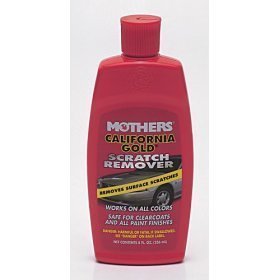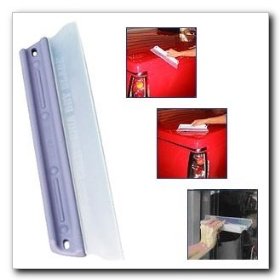 |

1953 Jaguar XK-120
|
More 1953 Jaguar Xk-120's
For Sale,
Parts,
Repairs,
How To Fix,
Manuals,
Online Store,
Videos,
Images,
Restorations,
Shows,
Events,
Auctions,
Classifieds,
Clubs,
News,
Blogs,
Forums,
Magazines,
Die Cast Models
|
|
| Address: , California, | |
Car Class: COLLECTOR | |
|
Contact Me...
|
|
|
"Vehicle to be offered for Auction sale WITHOUT RESERVE and SOLD to the highest bidder, August 16th- 18th, 2012 at Russo and Steele's 12th Annual Monterey California Auction. Please contact us for more information., The XK120 was launched in roadster form at the 1948 London Motor Show as a testbed and show car for the new Jaguar XK engine. It caused a sensation, which persuaded Jaguar founder and design boss William Lyons to put it into production., The ""120"" in its name referred to its 120 mph top speed (faster with the windscreen removed), which made the XK120 the world's fastest standard production car at the time of its launch., It was available in two open versions, first as the roadster (designated OTS, for open two-seater, in America), then also as a drophead coupé (DHC) from 1953; and also as a closed, or ""fixed-head"" coupé (FHC) from 1951. The DHC was a more deluxe open model, with wind-up windows, and wood-veneer dashboard and interior door caps, as on the FHC., With alloy cylinder head and twin side-draft SU carburetors, the dual overhead-cam 3.4 L straight-6 XK engine was comparatively advanced for a mass-produced unit of the time. With standard 8:1 compression ratio it developed 160 bhp, using 80 octane fuel. This same basic design of the XK engine, later modified into 3.8L and 4.2L versions, survived into the late 1980s., All XK120s had independent torsion bar front suspension, semi-elliptic leaf springs at the rear, recirculating ball steering, telescopically adjustable steering column, and all-round 12 inch drum brakes that were prone to fade. Some cars were fitted with Alfin (ALuminium FINned) brake drums to help overcome the fade., 1951 XK120 roadster raced at Silverstone had aeroscreen behind a removable full-width windscreen, The roadster's lightweight canvas top and detachable sidescreens stowed out of sight behind the seats, and its barchetta-style doors had no external handles; instead there was an interior pull-cord which was accessible through a flap in the sidescreens when the weather equipment was in place. The windscreen could be removed for aeroscreens to be fitted., The drophead coupé (DHC) had a padded, lined canvas top, which folded onto the rear deck behind the seats when retracted, and roll-up windows with opening quarter lights. The flat glass two-piece windscreen was set in a steel frame that was integrated with the body and painted the same color., Dashboards and door-caps in both the DHC and the closed coupé (FHC) were wood-veneered, whereas the more spartan roadster's were leather-trimmed. All models had removable spats (""fender skirts"" in America) covering the rear wheel arches, which enhanced the streamlined look. On cars fitted with optional center-lock wire wheels (available from 1951), the spats were omitted as they gave insufficient clearance for the chromed, two-eared Rudge-Whitworth knockoff hubs., In addition to wire wheels, upgrades on the Special Equipment, or SE, version (called the M version in the United States) included increased power, stiffer suspension and dual exhaust system., This 1953 Jaguar XK 120 Roadster is equipped with a 160hp 3.4 liter in line six cylinder engine with twin SU carburetors, double overhead camshaft and four speed manual transmission. It has front independent suspension with rigid rear axle and elliptical leaf springs, four wheel drum brakes, and semi-elliptic rear suspension. It is finished in black with Burgundy leather interior.",, Auction
|
|
Postcard | Email
Return to the Magazine
|

|



































































